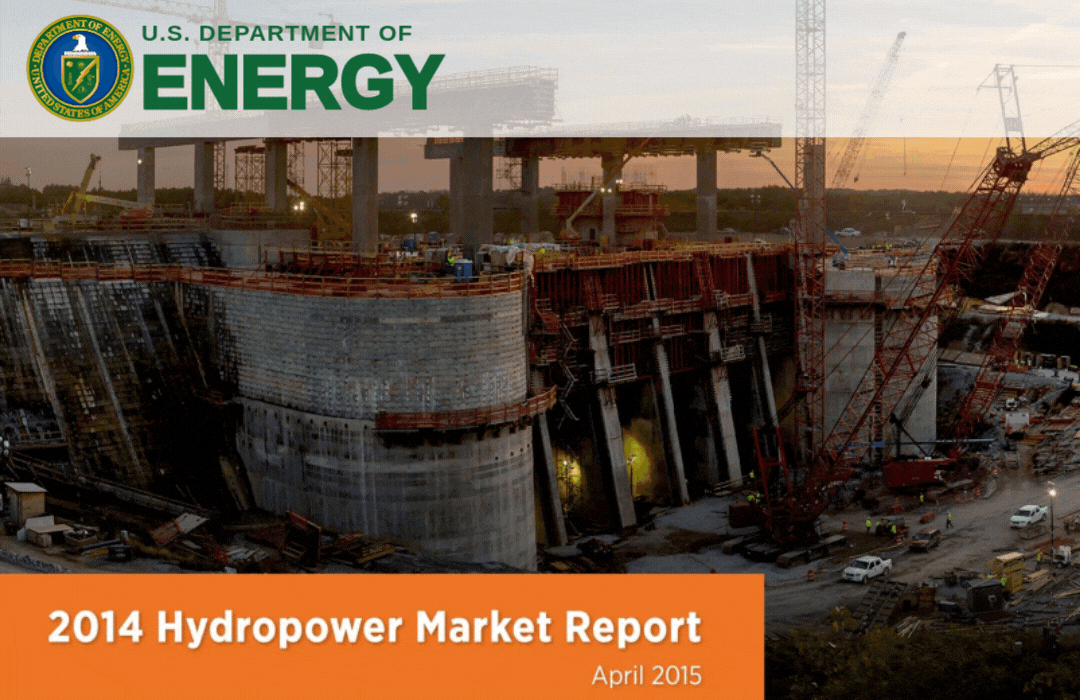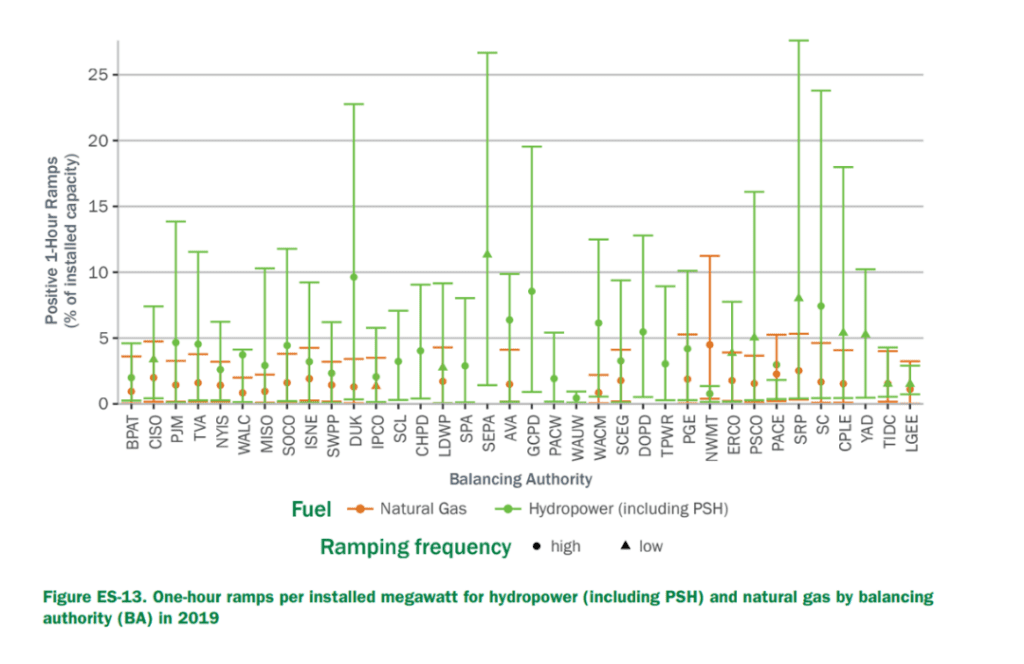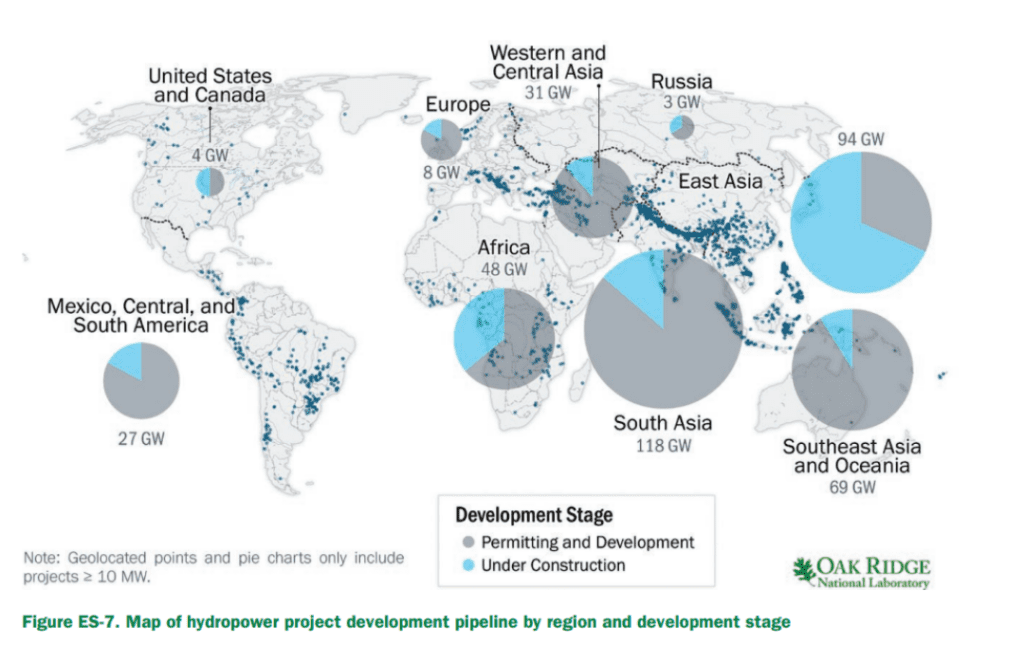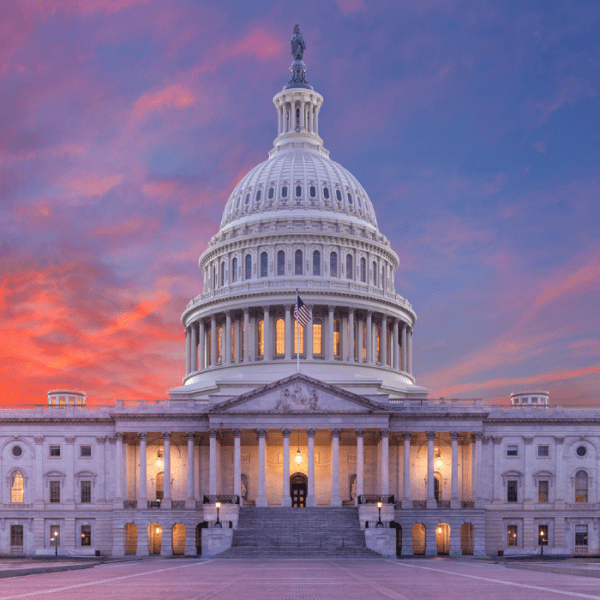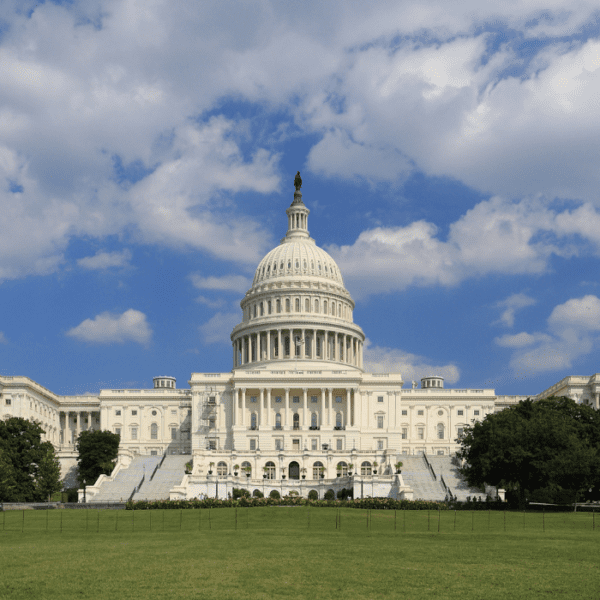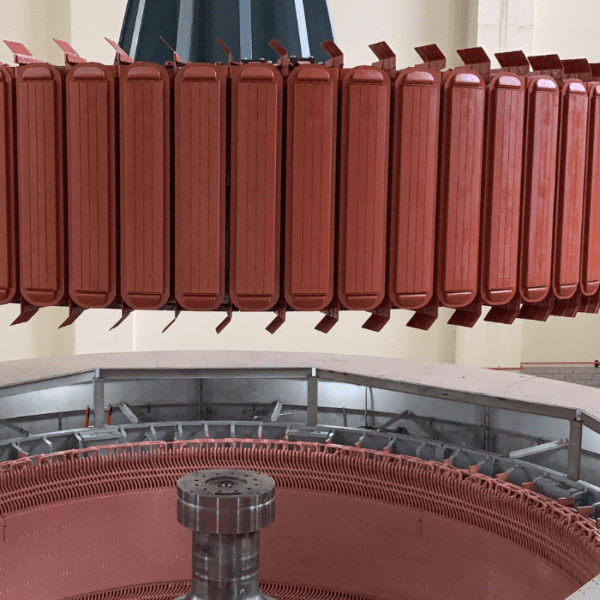It goes without saying that hydropower has been around for quite some time. For over a hundred years, in fact.
And today, in many ways, it serves as the cornerstone of our electricity grid.
Yet, when any technology has been around as long as hydropower has, it can be difficult to see it through a set of fresh eyes. However, in 2014, the Department of Energy (DOE) took on that difficult challenge.
Up until that point, there was no single document in existence that analyzed the trends and performance of the U.S. fleet. For many, hydropower had always flown under the radar. With a dearth of information that connected the industry dots, DOE, along with Oak Ridge National Lab (ORNL), developed the first-of-its-kind 2014 Hydropower Market Report to educate the industry and policy makers on the mechanics of U.S. hydropower. DOE/ORNL is now requesting industry and stakeholder feedback for the latest iteration of the report.
Far from a simple recitation of hydropower stats, the initial Hydropower Market Report offered an in-depth look into how the fleet was performing, the ways in which hydropower was growing, and the vitality of the industry’s supply chain.
Since its inception, ORNL’s Rocío Uría-Martínez has served as one of the Market Report’s primary authors.
“The purpose of the Market Report was to fill an information gap, given that a comprehensive analysis of the capabilities and performance of the hydropower fleet was not readily available,” said Uría-Martínez. “For the first edition, we wanted to establish a quantitative baseline of U.S. hydro’s fleet attributes, generation, capital investments, and key performance metrics like capacity factor.”
GROWING IN SCOPE
To be sure, the 2014 Market Report was not a one-and-done exercise. Approximately every three years, DOE has released new editions, with each iteration becoming more expansive. The 2021 Market Report is the most recent edition.
“In each successive report, we have been asking more questions and gathering more data to reflect the importance of hydropower’s ancillary grid services,” said Uría-Martínez. “If we just described hydropower in terms of terawatt-hours generated, that would be selling hydropower short, relative to the role it is playing in the grid. It quickly became clear that there is a story to tell about its reliability and flexibility.”
Based off of topics of interest identified by industry stakeholders, the 2017 and 2021 reports have rapidly evolved in scope, with analysis included on purchased power prices, operations and maintenance (O&M) costs, and ramping generation to explore hydropower’s contribution to grid flexibility.
The reports also put the U.S. hydropower fleet in a global context. Looking at international project development pipeline trends, the reports offered an eye-opening assessment of the amount of hydropower that is being developed abroad compared to the U.S.
“In the 2021 edition, we were particularly interested in the development of pumped storage hydropower abroad,” added Uría-Martínez. “From 2010–2019, 20 new pumped storage projects started operation. We were curious as to why pumped storage being developed in Europe and Asia, in so many other regions, but not in the U.S.”
GAINING PERSPECTIVE
The value of the Hydropower Market Report is that each edition has unearthed a wealth of data that has changed the perception of hydropower.
For example, the 2014 edition revealed that installed capacity in the U.S. experienced a net increase of 1.48 GW from 2005 to 2013, which demonstrated that hydropower is indeed growing.
Equally important, the 2017 Market Report showed that despite significant year-to-year fluctuations in generation correlated with hydrologic conditions, annual hydropower generation volume has remained stable between 2003–2016. In other words, hydropower experiences dry years and wet years, but overall hydropower is a reliable source of energy.
The latest edition of the Market Report is perhaps the most comprehensive one to date. In addition to performance metrics, the report looks into pricing and supply chain trends, as well as policies that are influencing hydropower development.
“Above all, the report is data-driven and we put a lot of thought into visualizing the data in a way that tells hydropower’s story,” said Uría-Martínez. “The data showed us that in many ways hydropower is punching above its weight as it relates to ancillary grid services.”
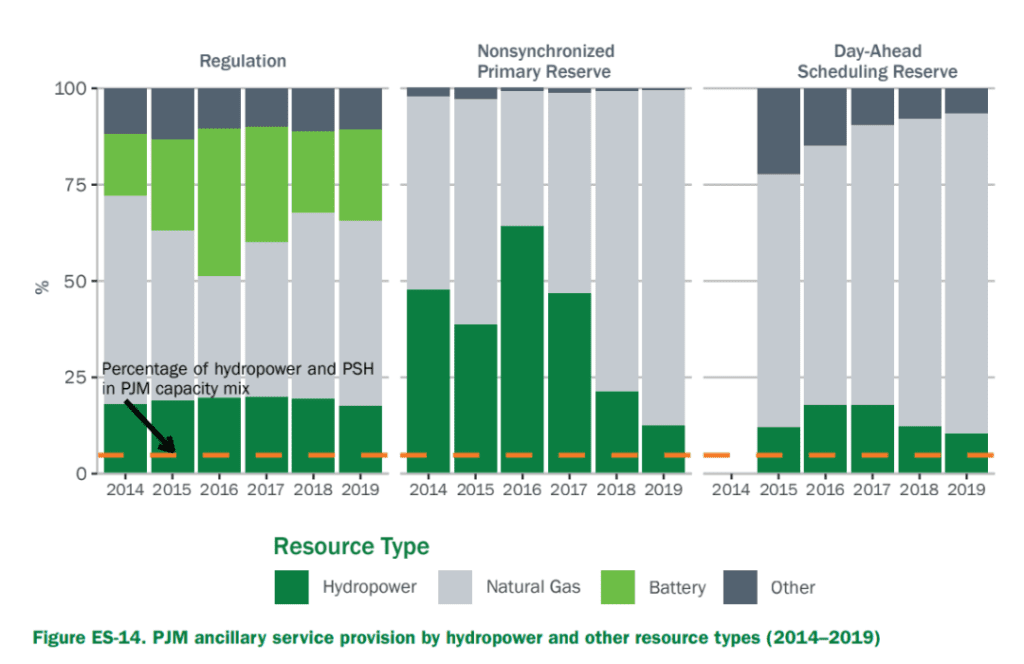
The report’s data is also helping to inform policymakers. During a recent U.S. Senate hearing in January 2022, lawmakers expressed their support for adding new hydropower at existing “non-powered” dams. While it’s clear that there is significant potential for development, the Market Report’s analysis showed that from 2010-2019, 35 non-powered dams have been retrofitted to generate hydropower, representing a combined capacity of 465 MW. The data proves communities throughout the nation are turning to hydropower as a source of clean energy.
A NEW EDITION IS IN THE WORKS: FEEDBACK NEEDED
According to Uría-Martínez, the DOE Hydropower Market Report is a reflection of the feedback it receives from the industry and key stakeholders. She noted that at the beginning of the process for each report, ORNL reaches out to the hydropower community for ideas and input before they start researching.
“It’s important for us on the front end to understand what information would be helpful to the industry. We want the research and the resource we are creating to be useful and provide relevant insights,” said Uría-Martínez.
To help inform them on topics for next edition, DOE is currently in the process of receiving feedback on the 2021 Hydropower Market Report.
In an effort to ensure that the industry is heard, the National Hydropower Association (NHA) has developed a short 5-minute questionnaire for the purpose of gathering feedback for future content. All are encouraged to complete the questionnaire; by participating, you can help inform DOE’s research decision making.
We know that hydro is critical to our clean energy future. But sometimes it’s good to just let the data speak for itself.



